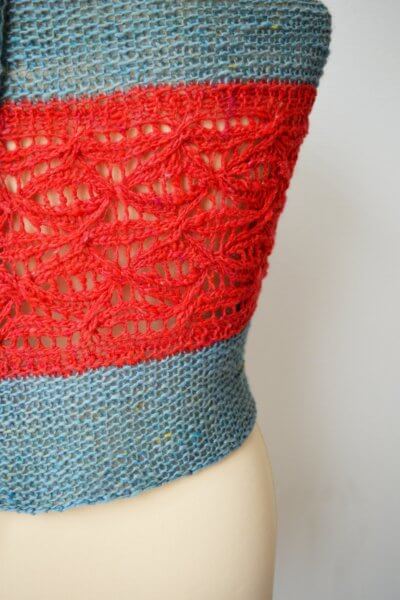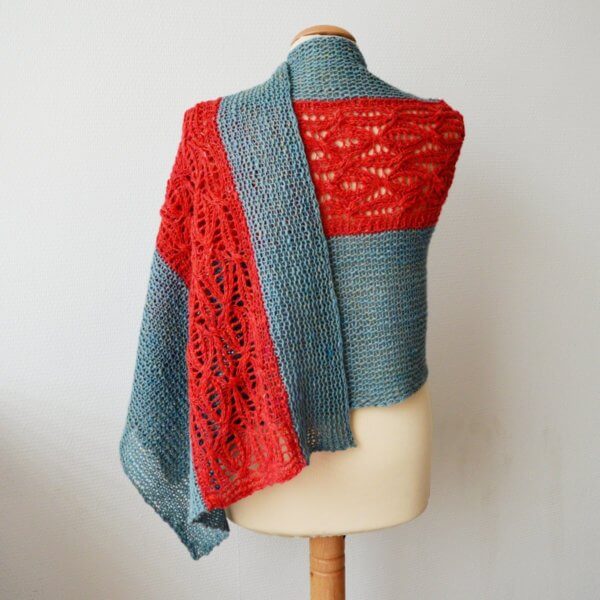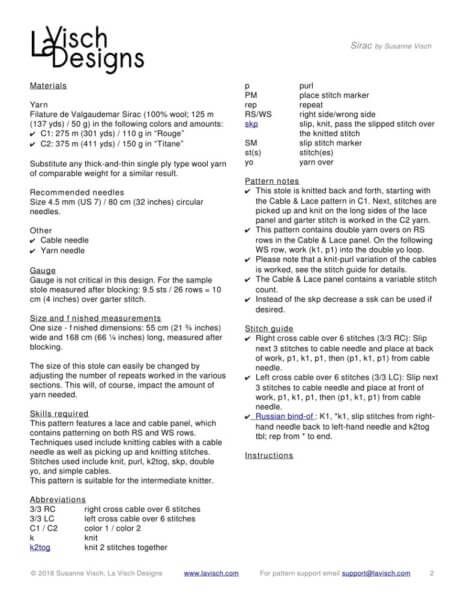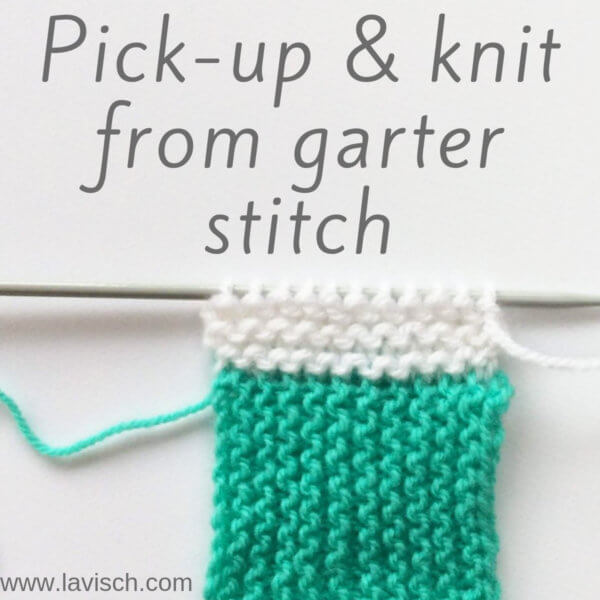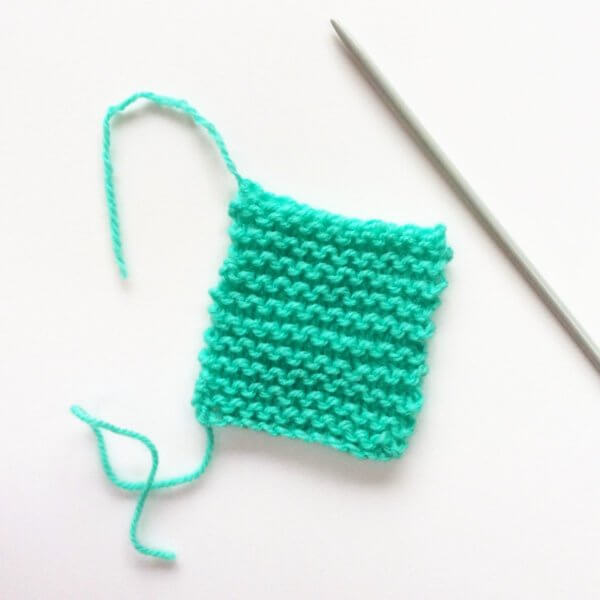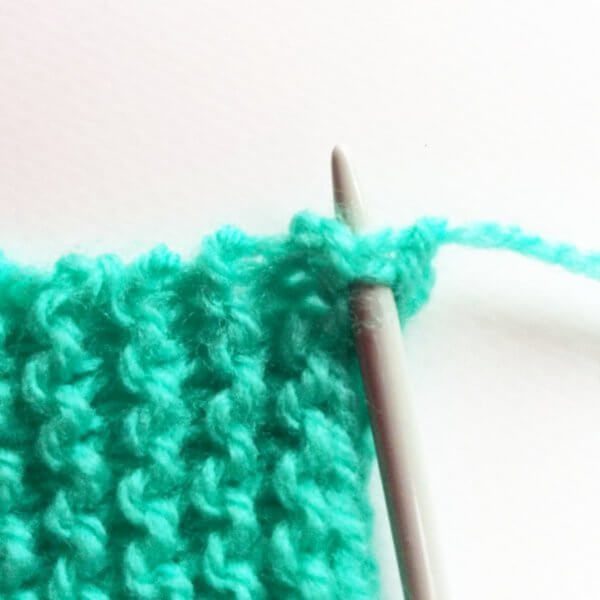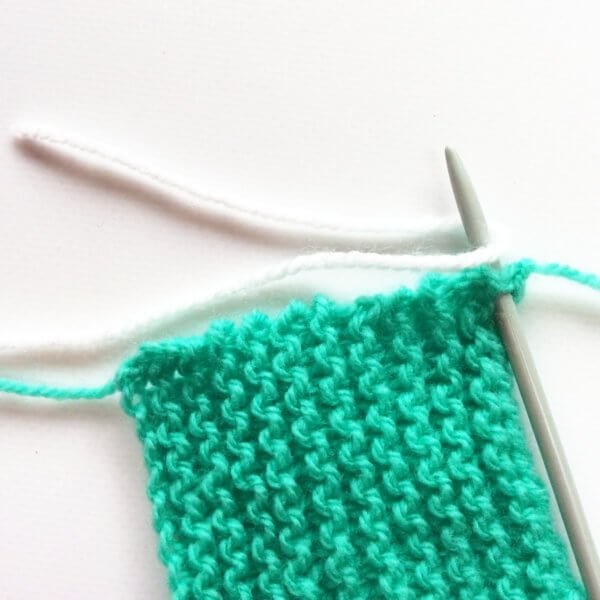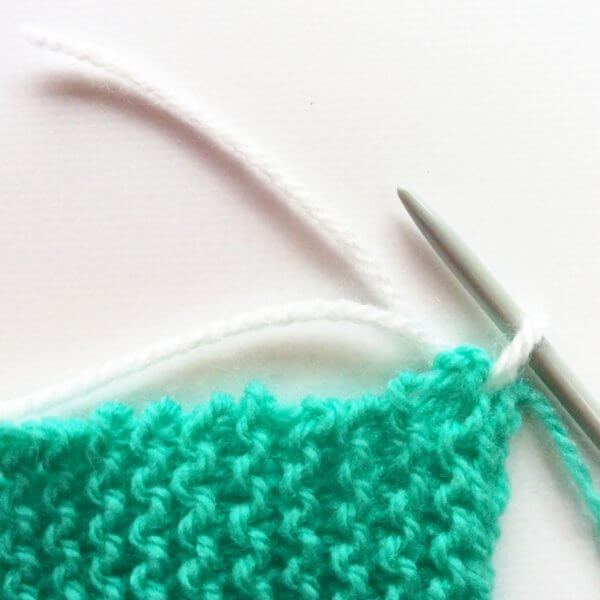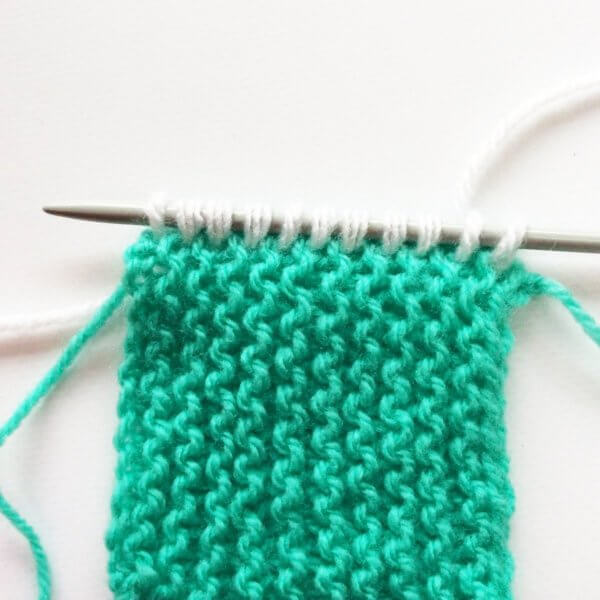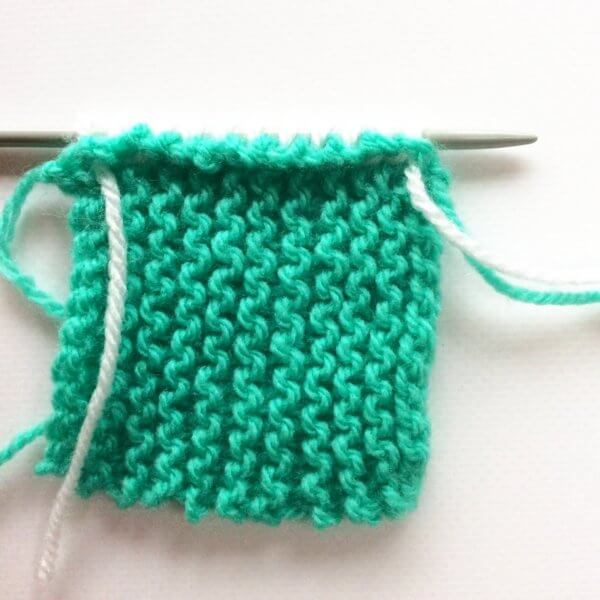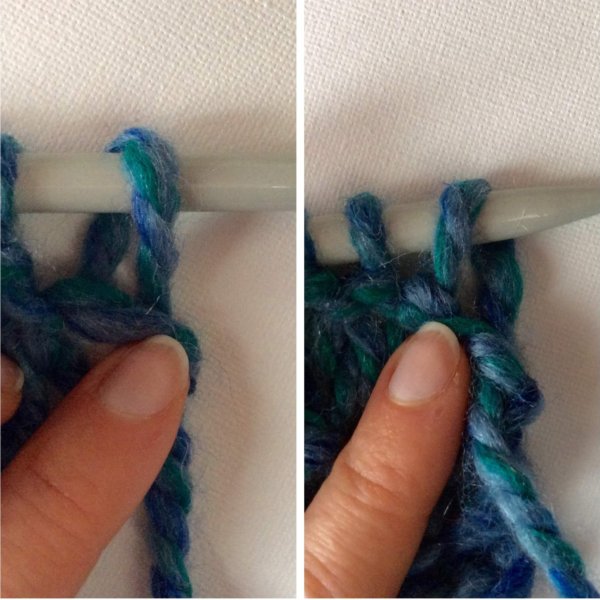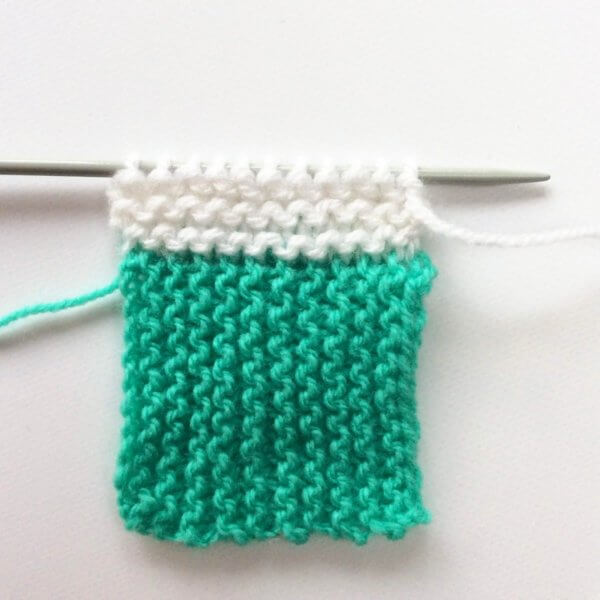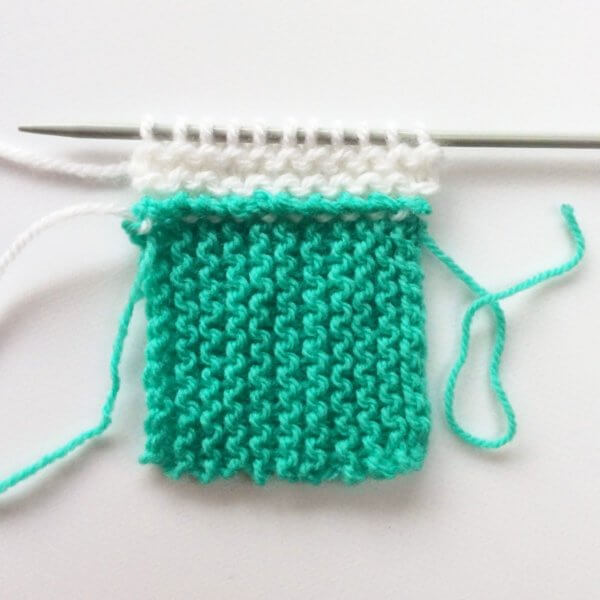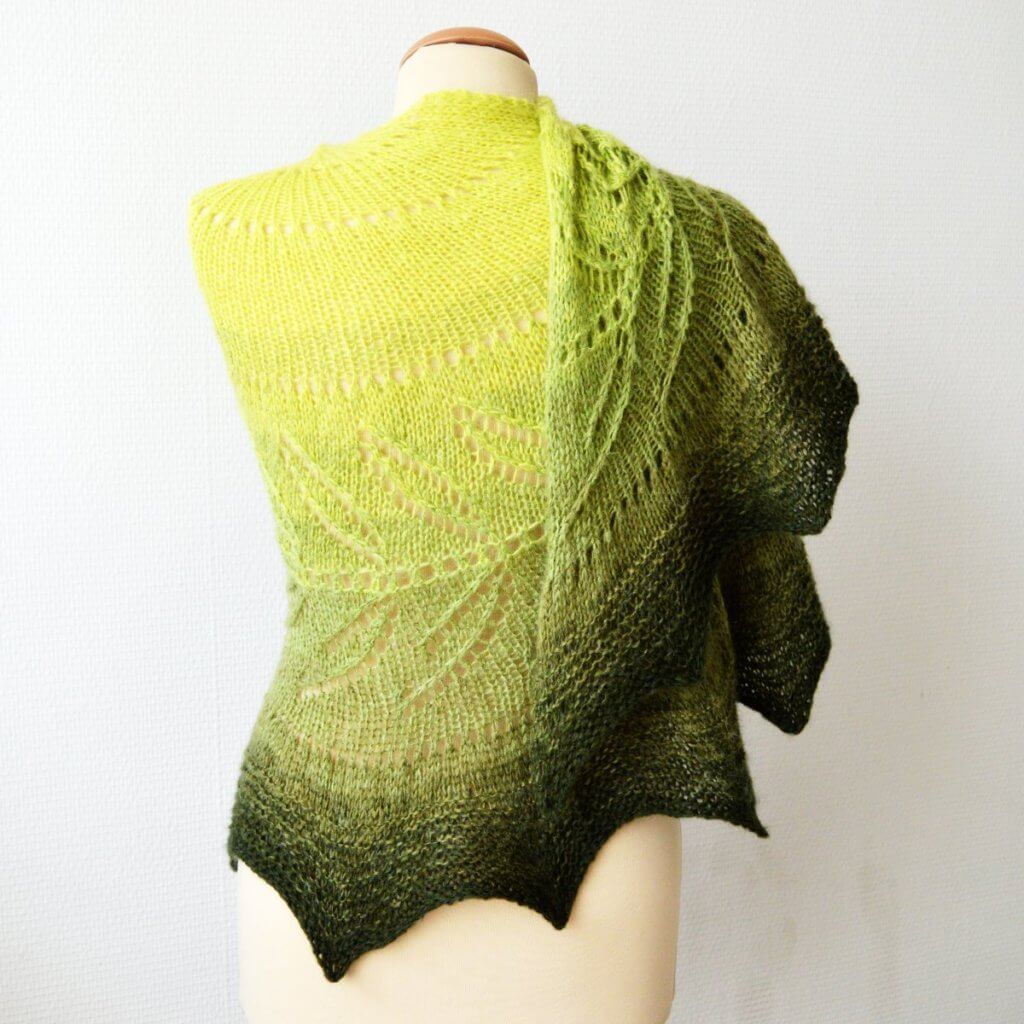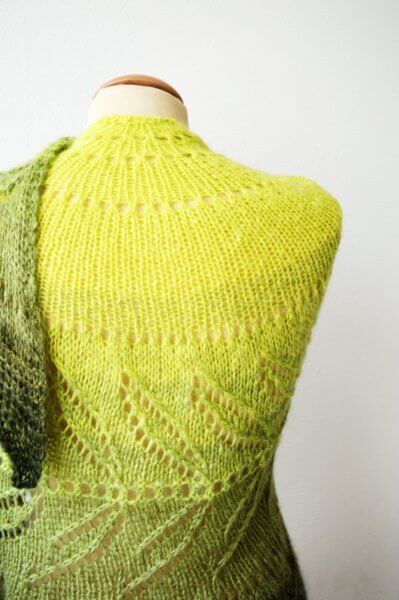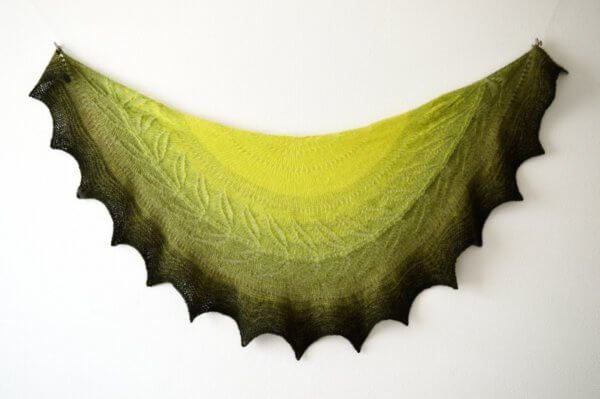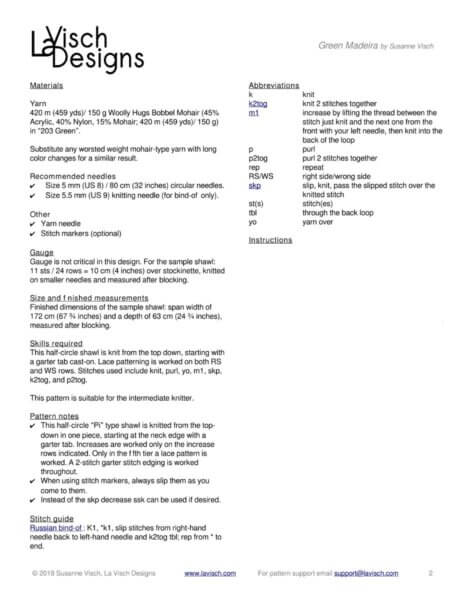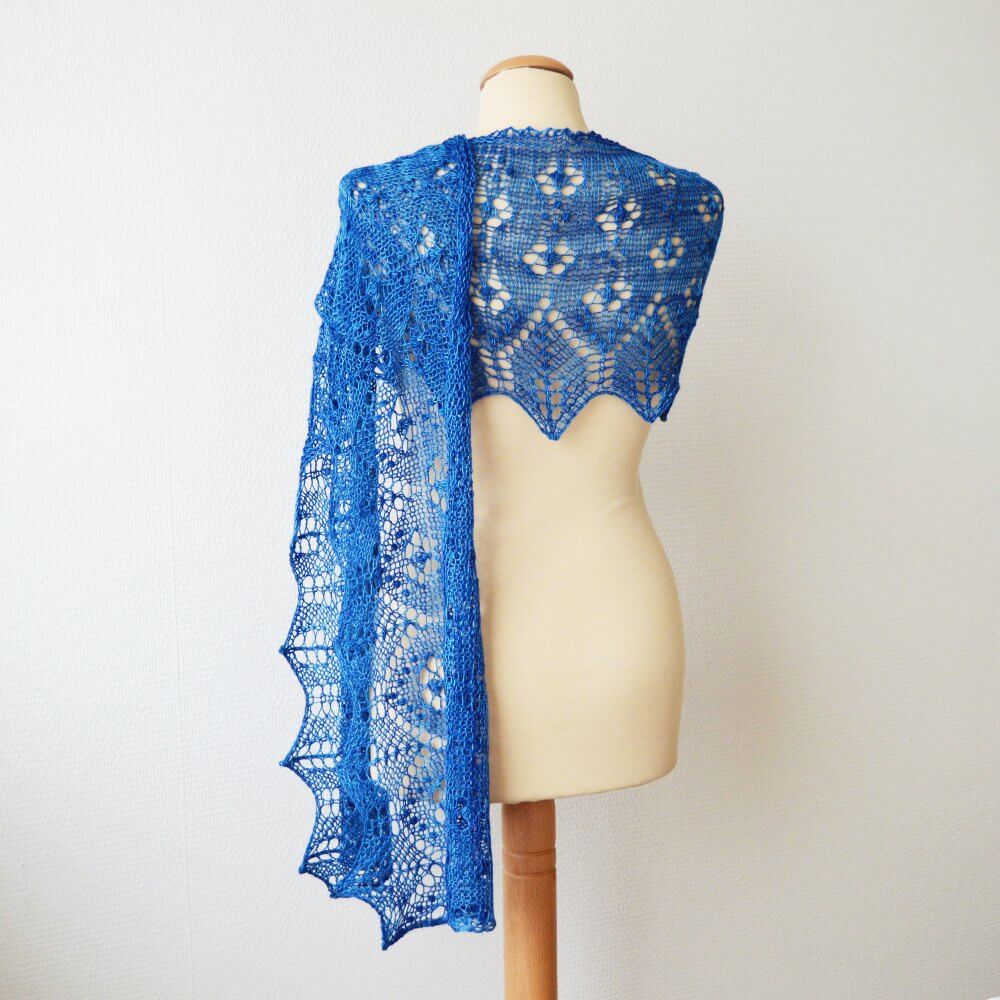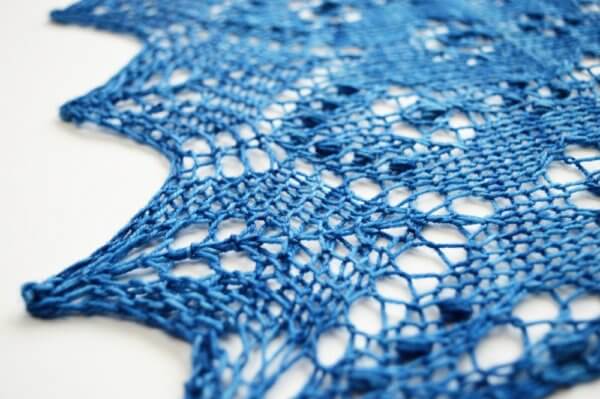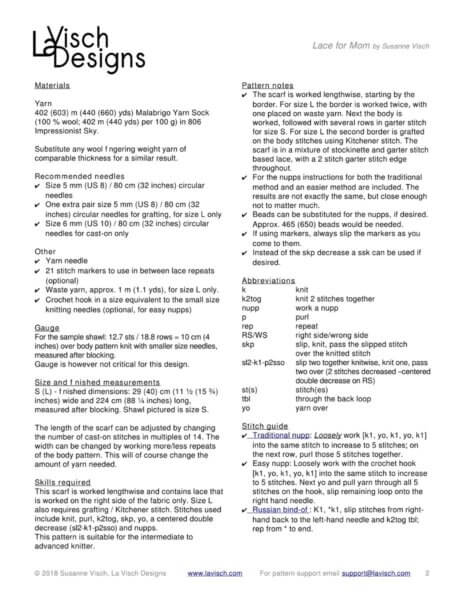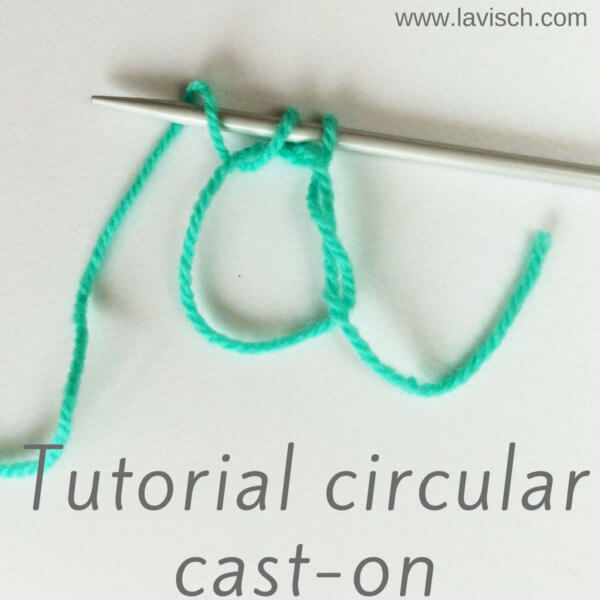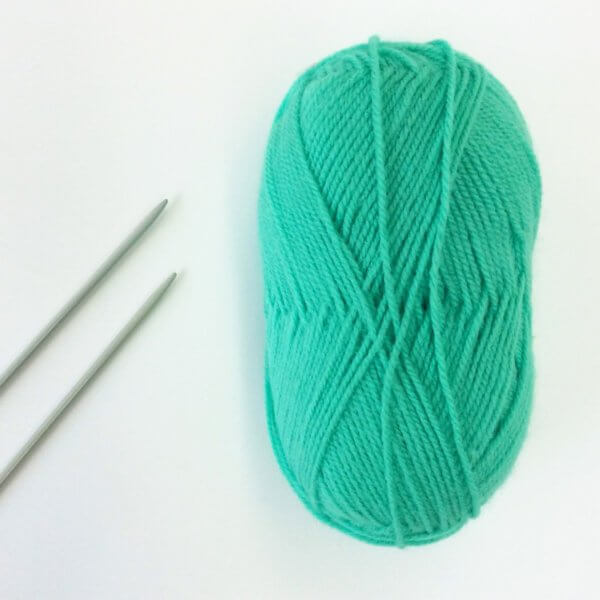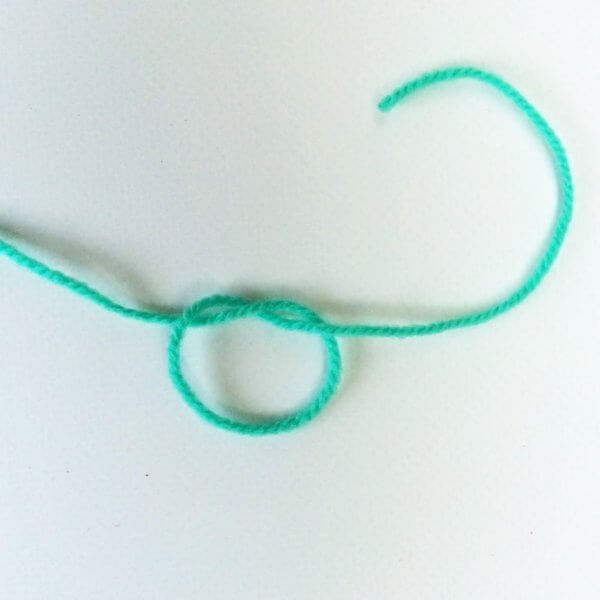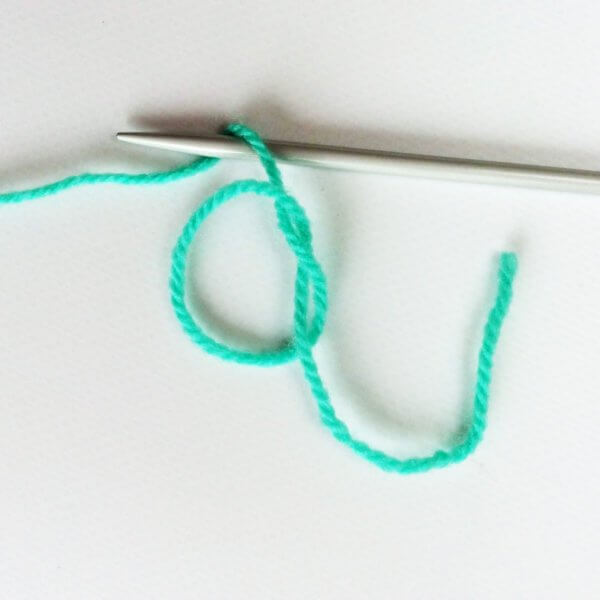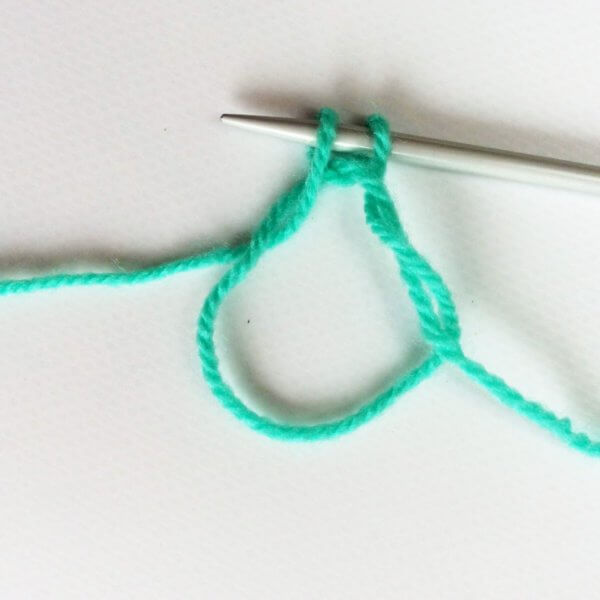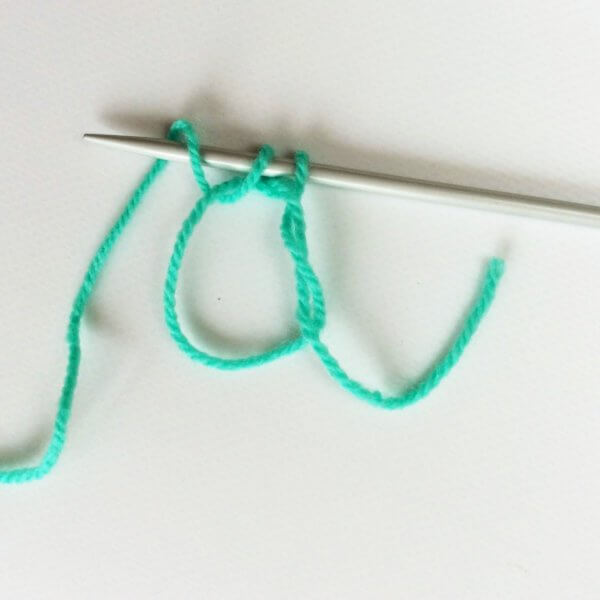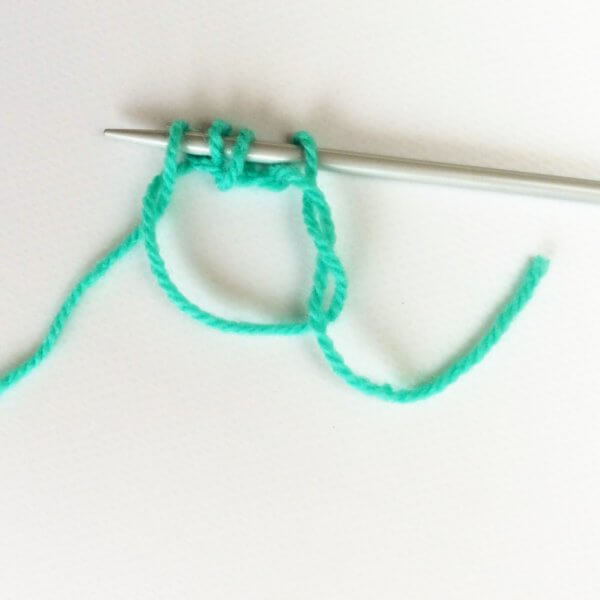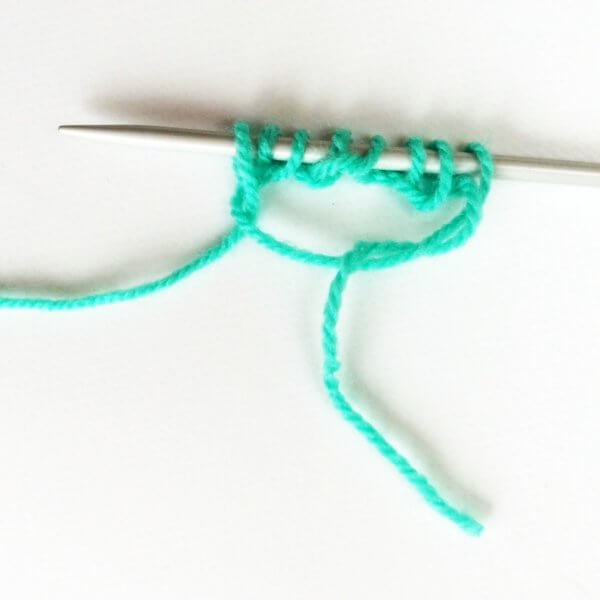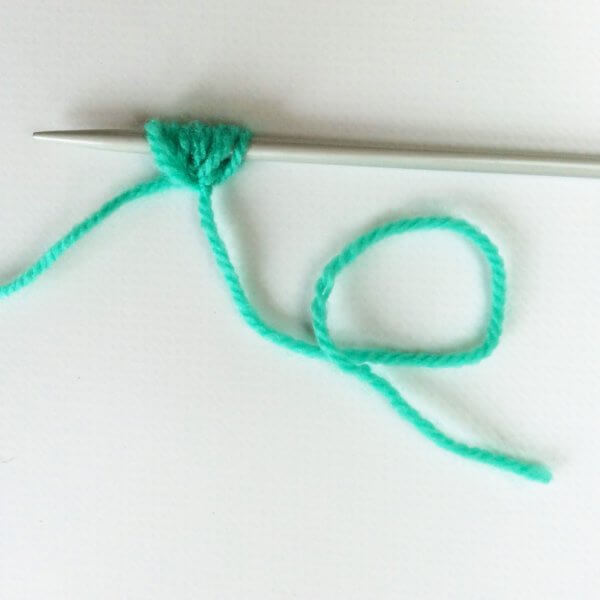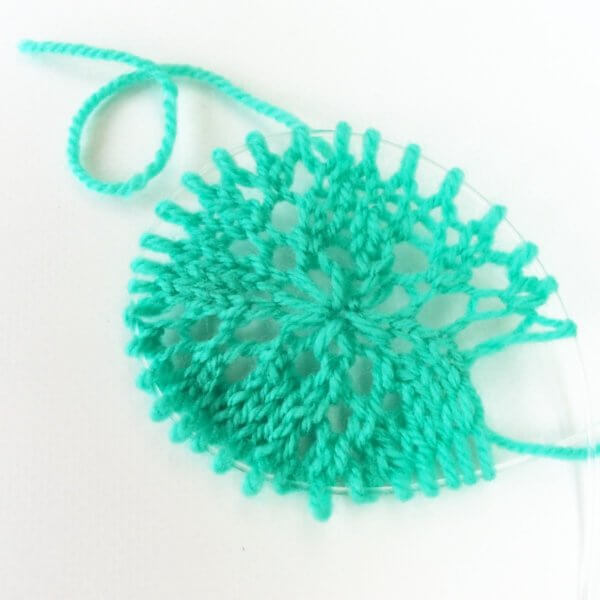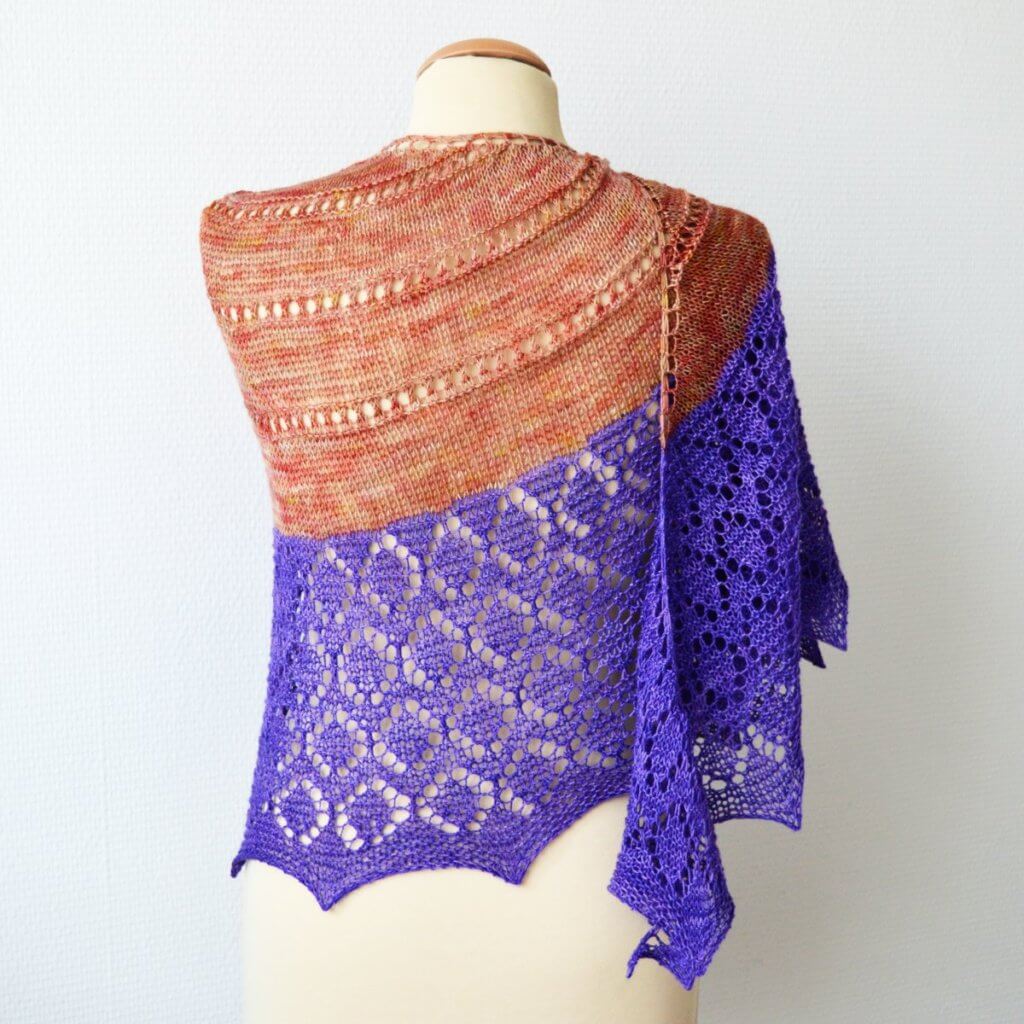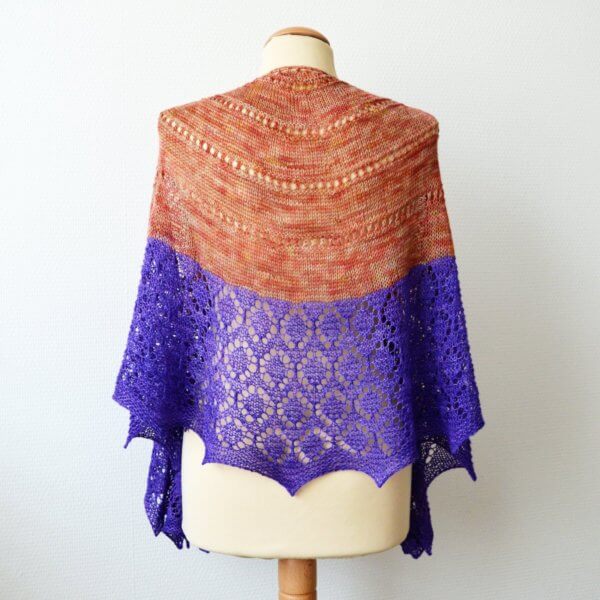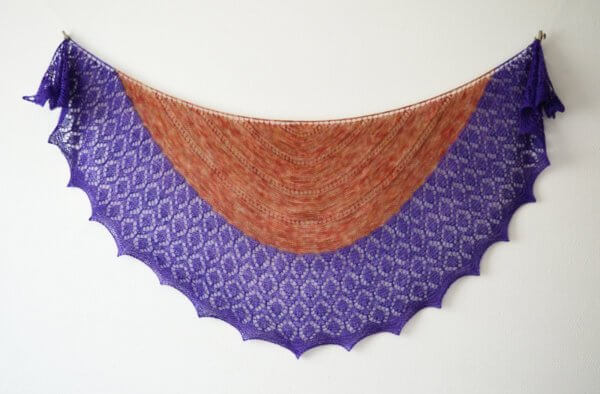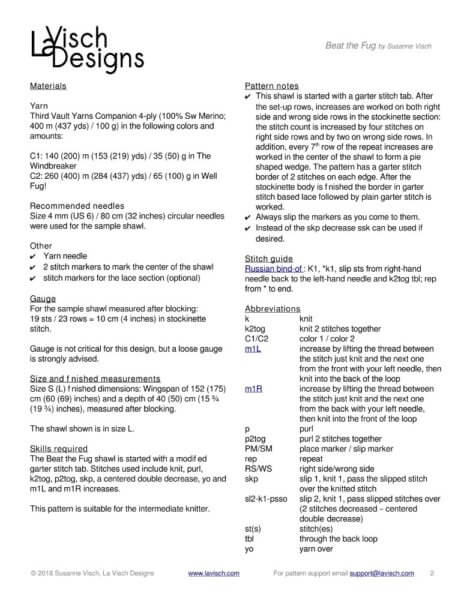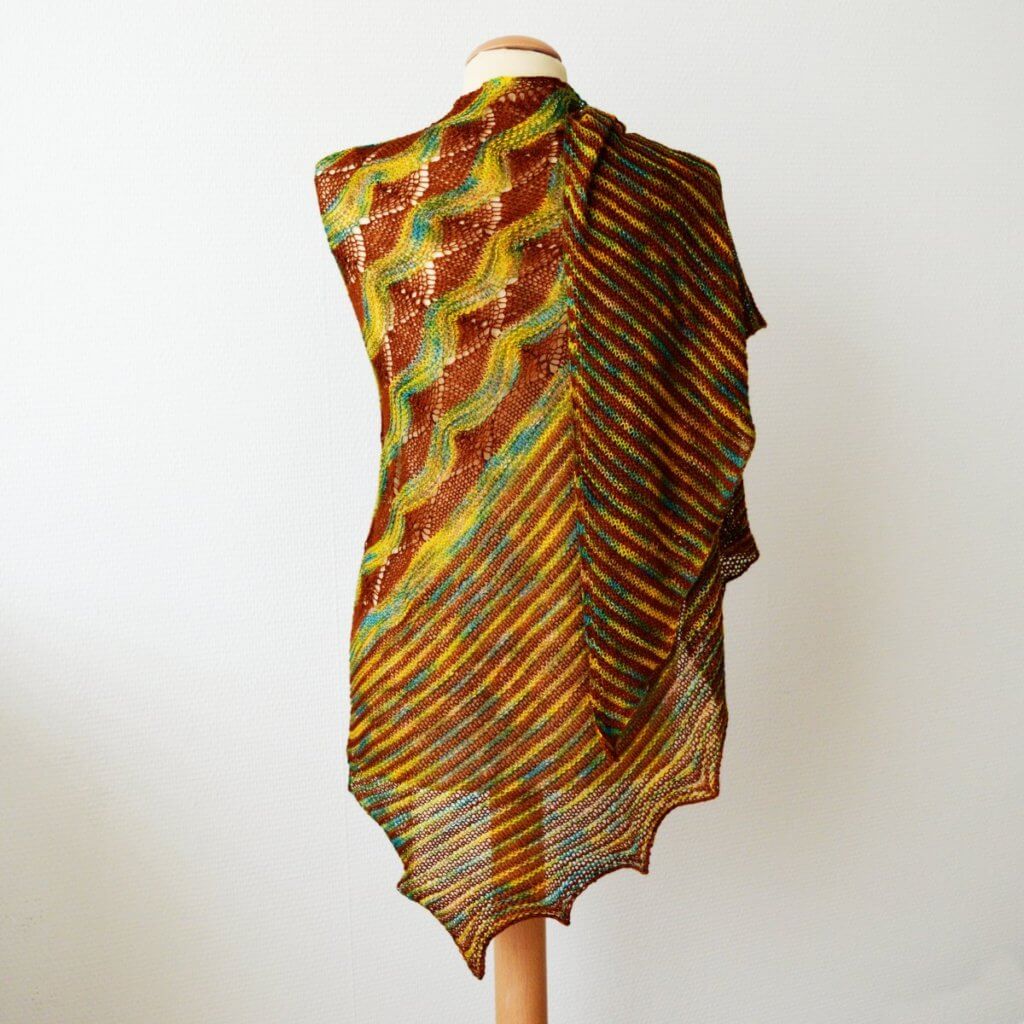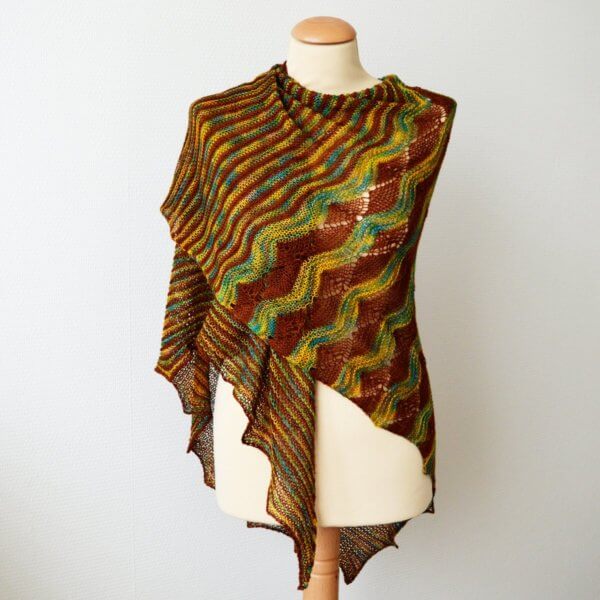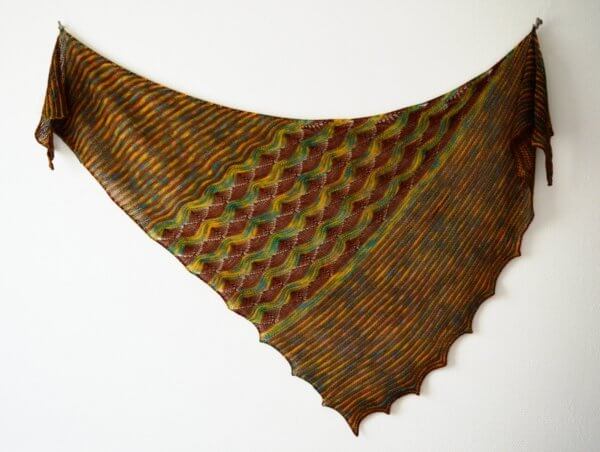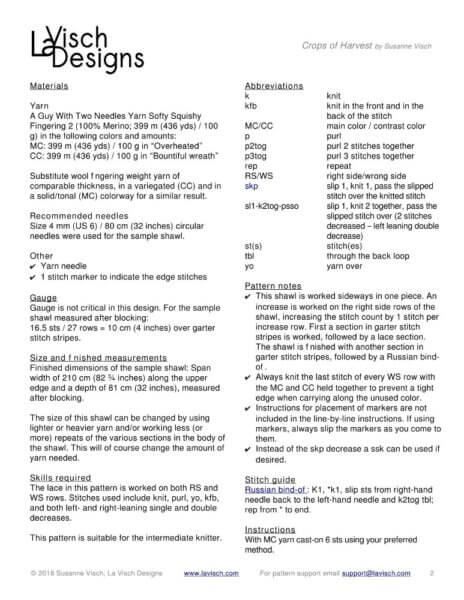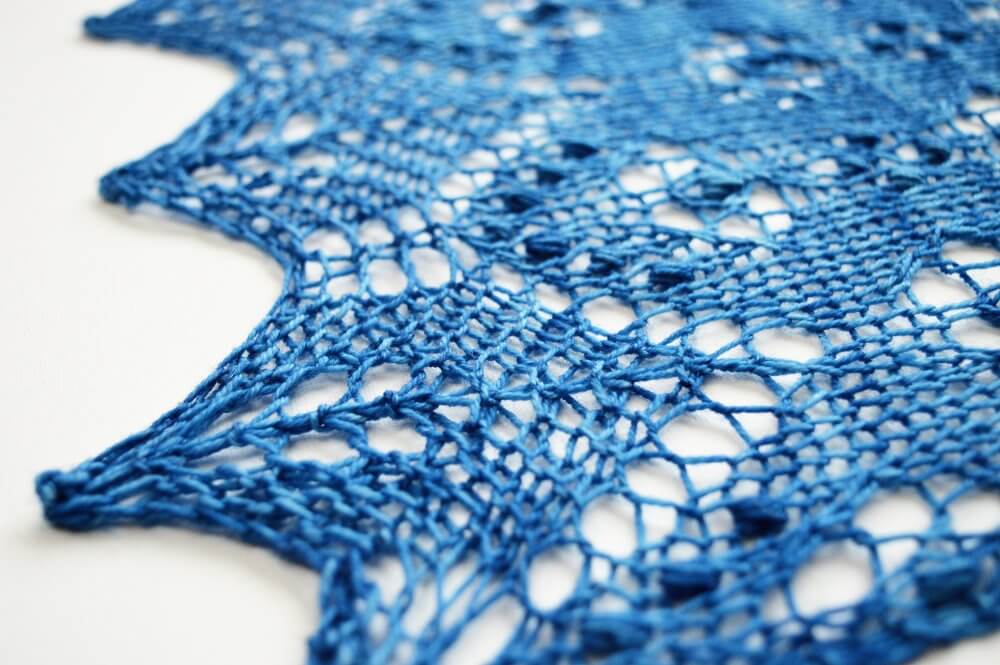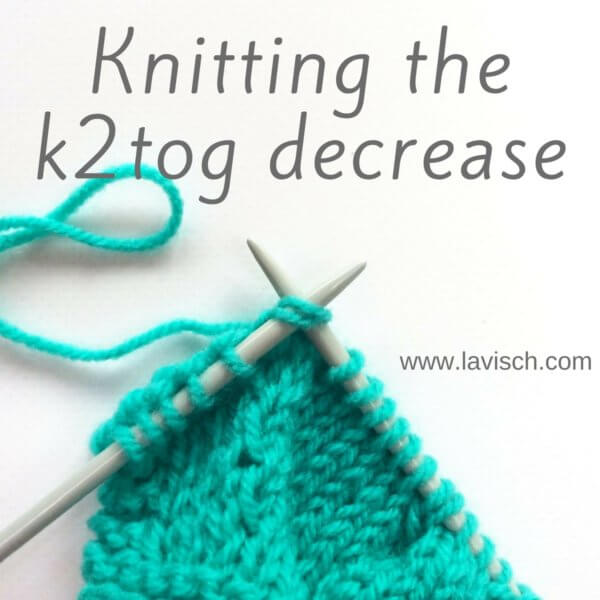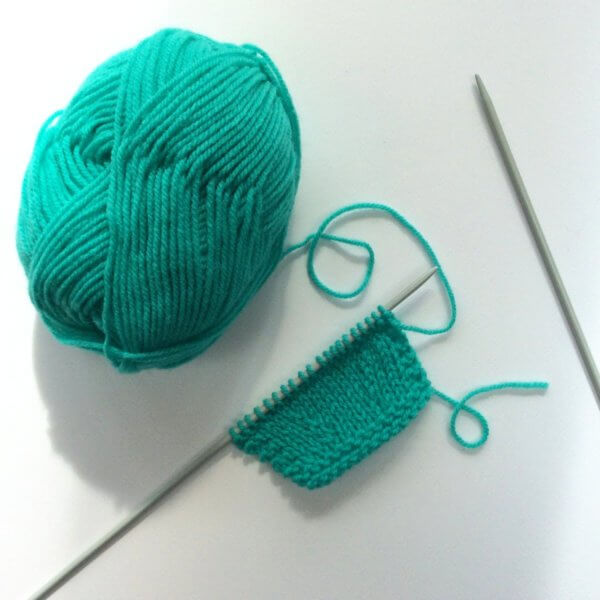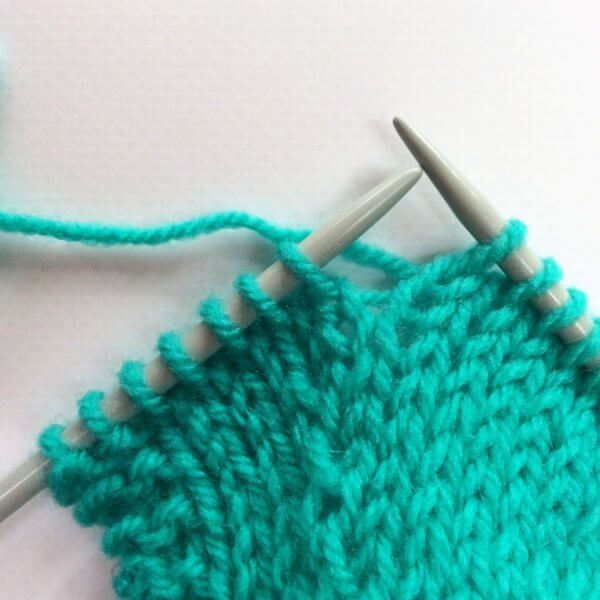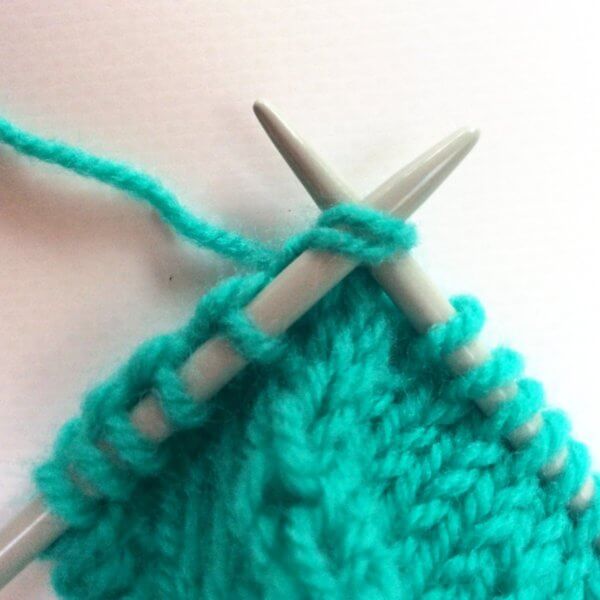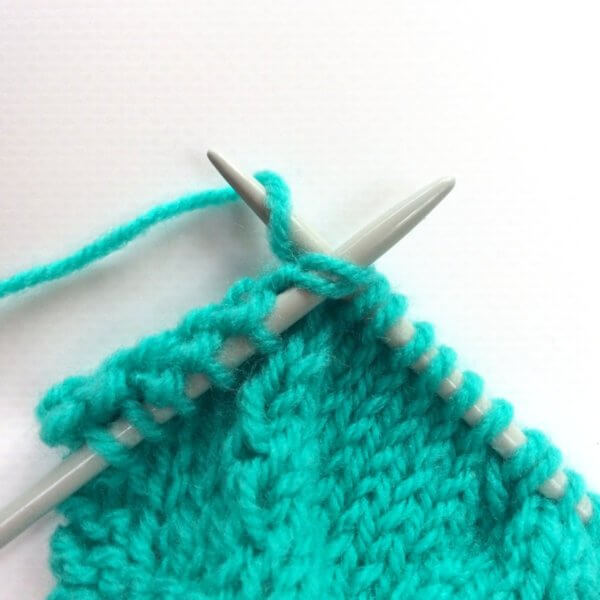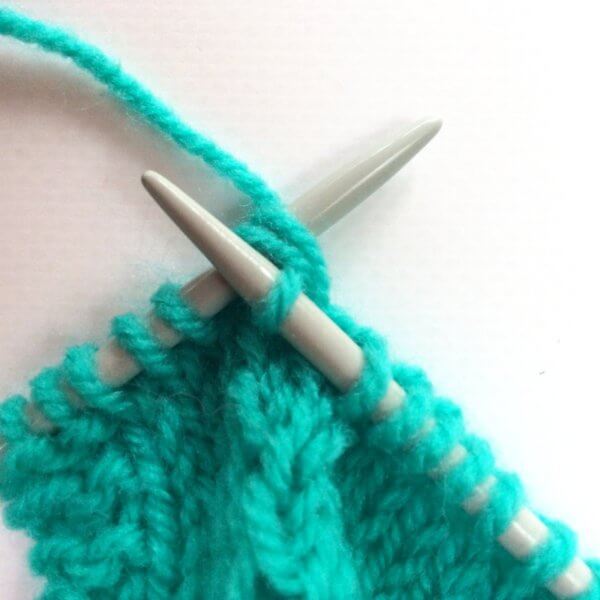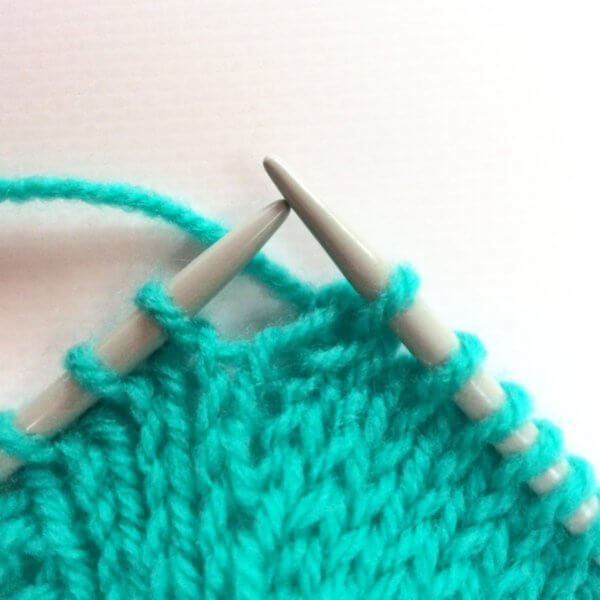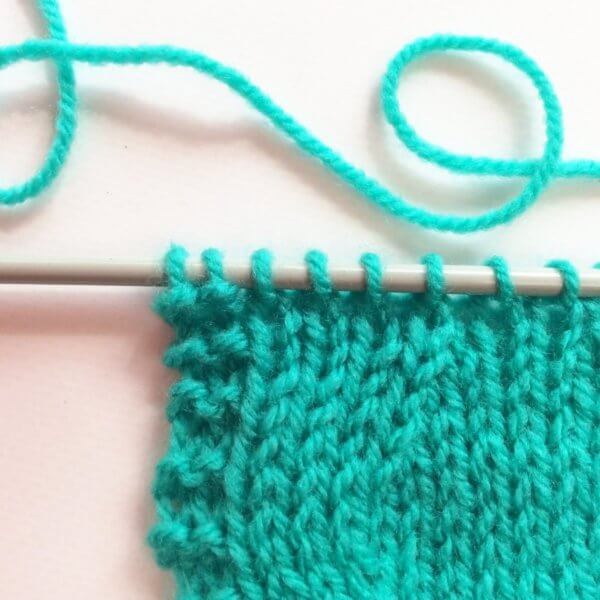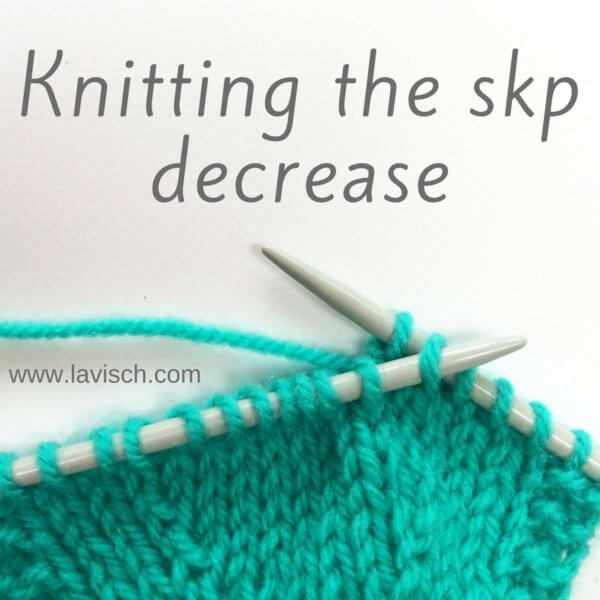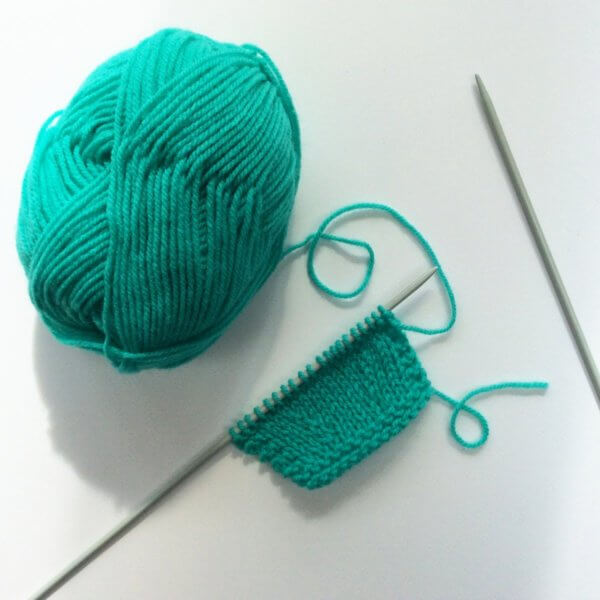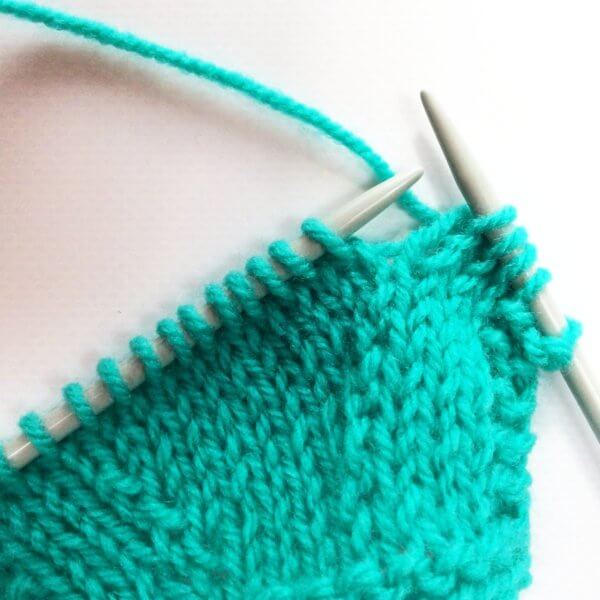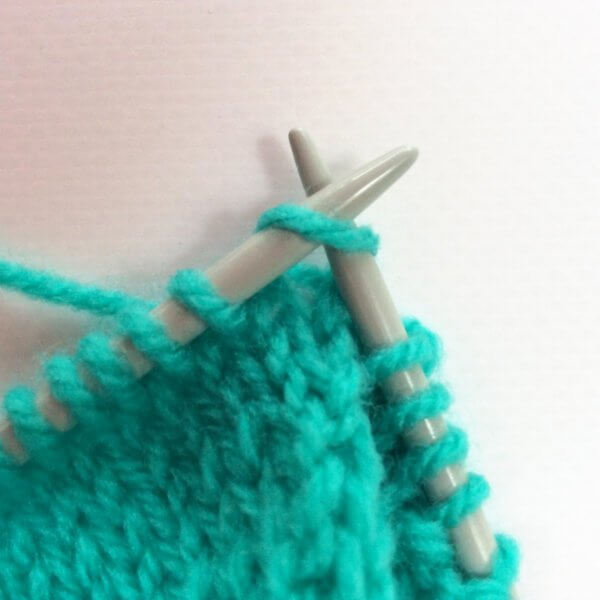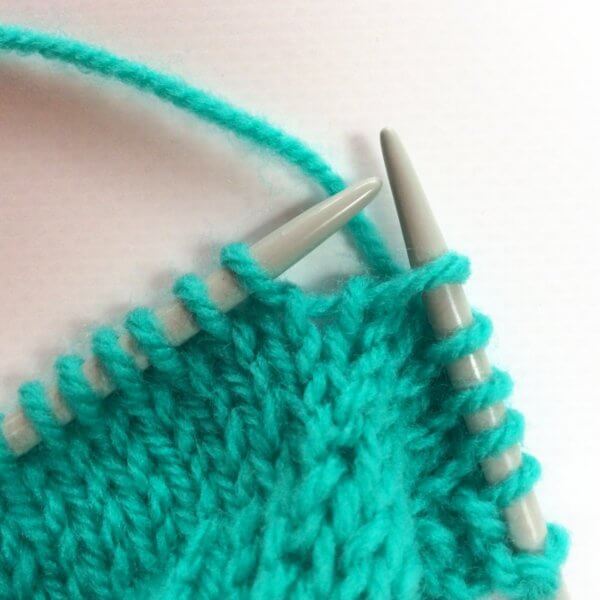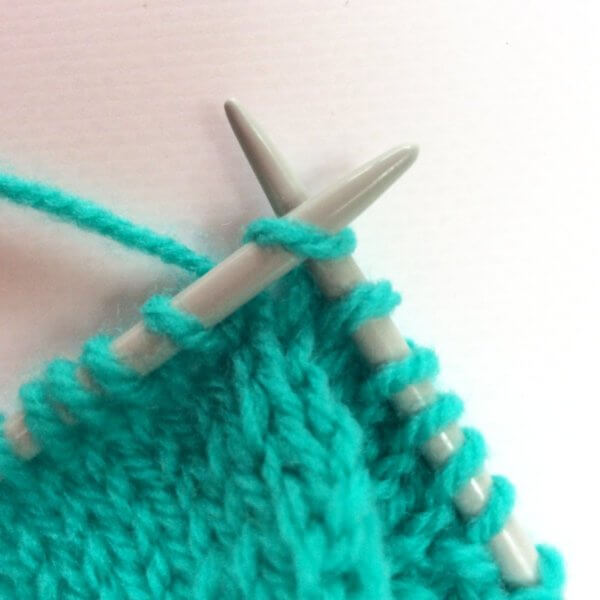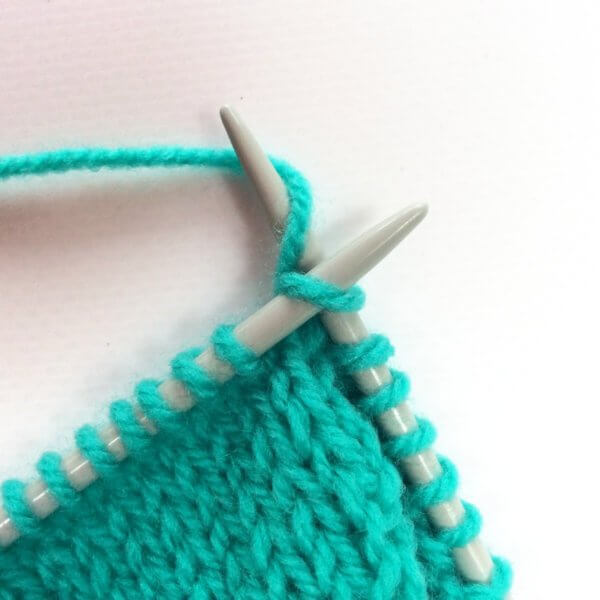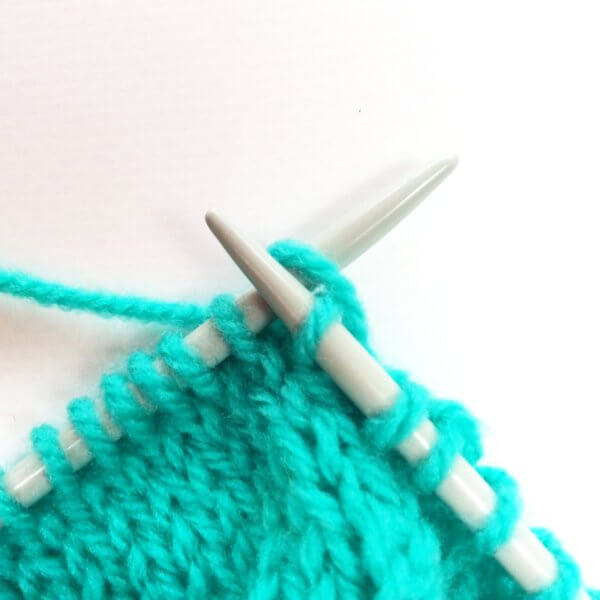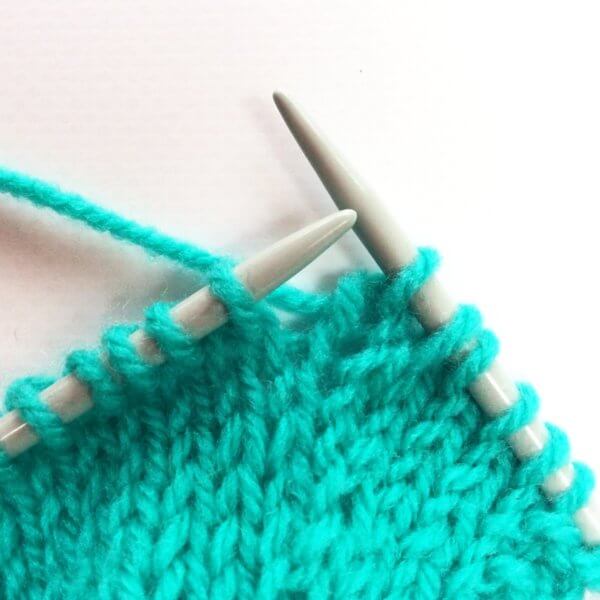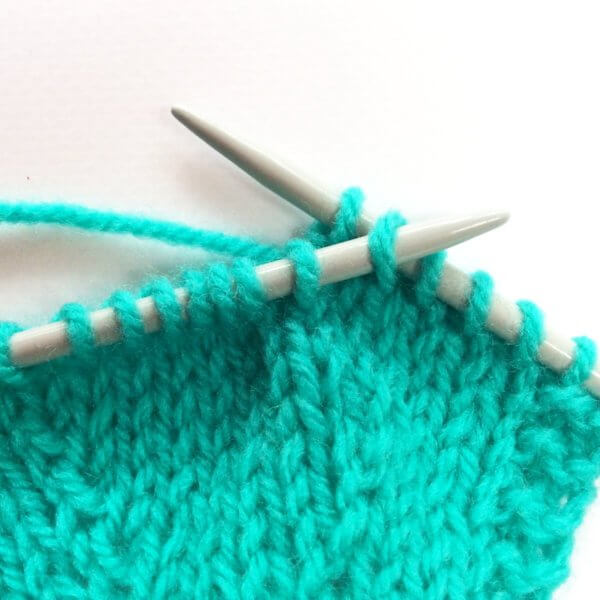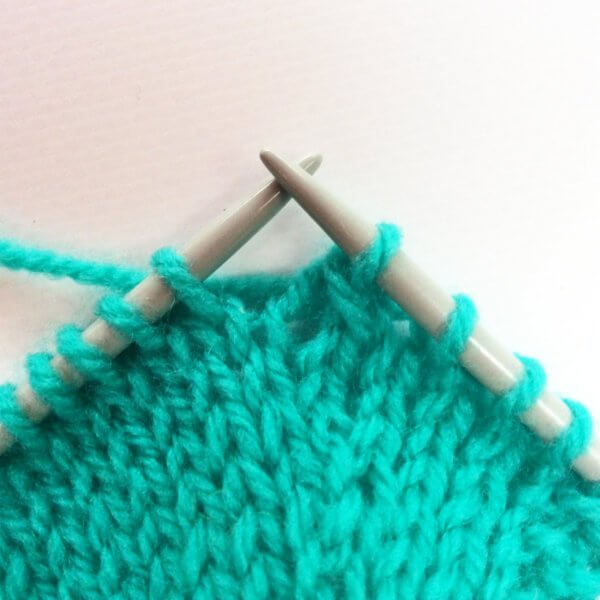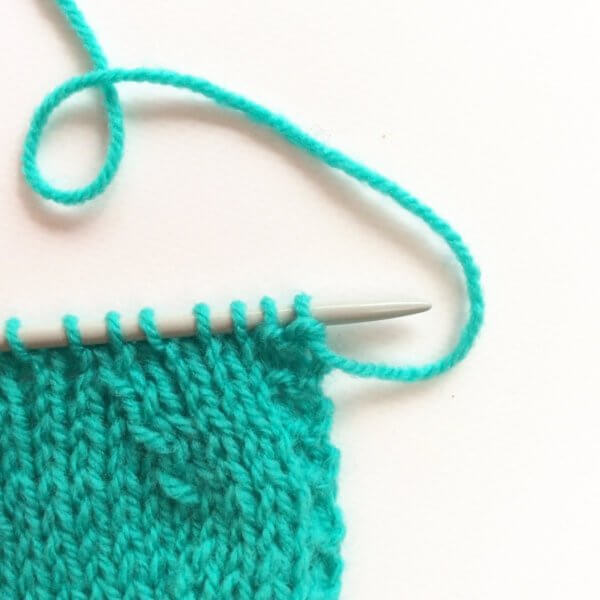sirac
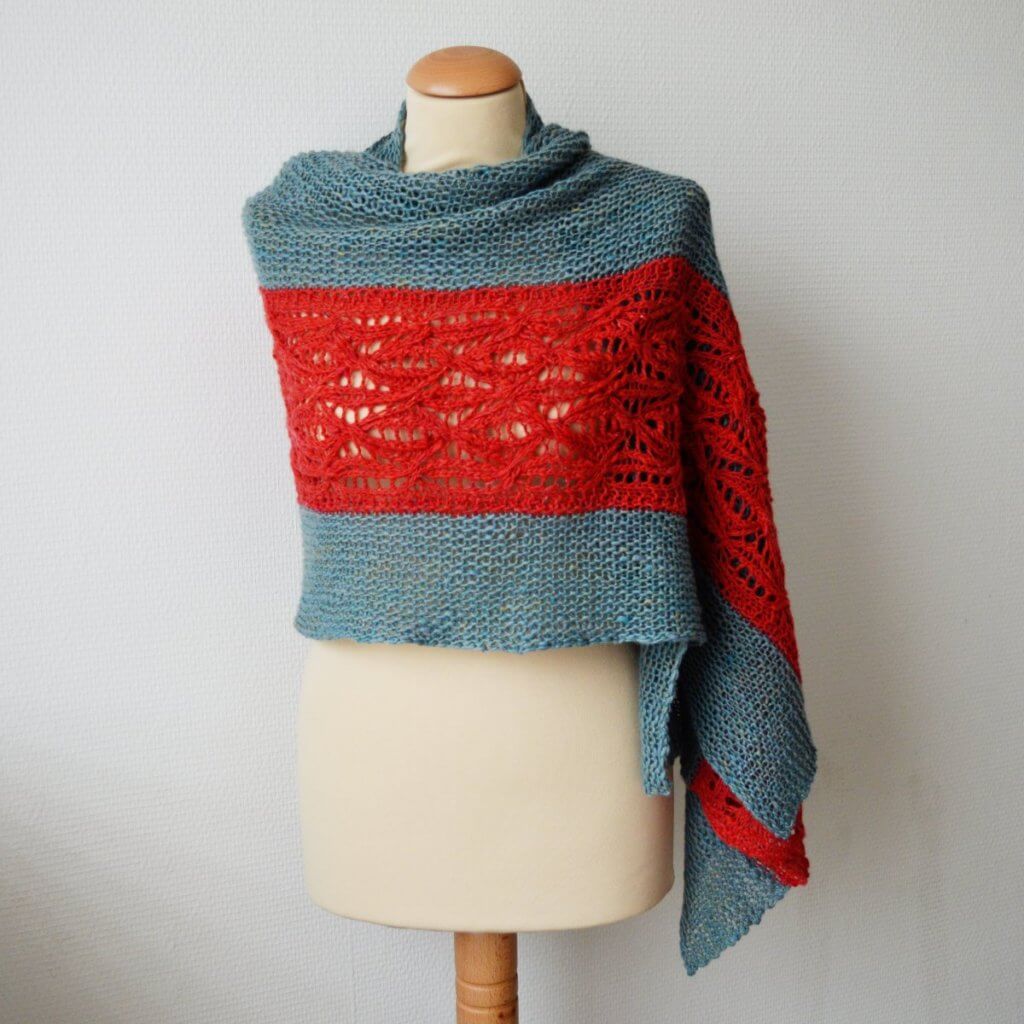
Sirac is a highly customizable stole in 2 colors. Make it longer, shorter, wider or narrower; it’s all possible because the pattern allows for easy modification. Sirac has both interesting and mindless knitting, therefore this really is the perfect project for me!
This stole is knitted back and forth, starting with the cabled lace panel. Next, stitches are picked up and knit on the long sides of the lace panel for the garter stitch sections. Also, the instructions for the lace are provided both charted and written out.
Pay what you want: (minimum €6.50)
Difficulty level
This pattern features a lace and cable panel, which contains patterning on both RS and WS rows. Techniques used include knitting cables with a cable needle as well as picking up and knitting stitches. Stitches used include knit, purl, k2tog, skp, double yo, and simple cables. This pattern is suitable for the intermediate knitter.
Size and finished measurements
One size – finished dimensions: 55 cm (21 ¾ inches) wide and 168 cm (66 ¼ inches) long, measured after blocking. Change the size of this stole by adjusting the number of repeats worked in the various sections. This will, of course, impact the amount of yarn needed.
Pattern details
- Gauge: Gauge is not critical in this design. For the sample shawl: 9.5 sts / 26 rows = 10 cm (4 inches) over garter stitch, measured after blocking.
- Pattern languages included: English and Dutch (Dit patroon omvat zowel een Nederlandse als een Engelse versie)
- Digital PDF has 4 pages (letter size)
Materials
- Yarn: Filature de Valgaudemar Sirac (100% wool; 125 m (137 yds) / 50 g) in the following colors and amounts: C1: 275 m (301 yds) / 110 g in “Rouge” and C2: 375 m (411 yds) / 150 g in “Titane”. Substitute any thick-and-thin single ply type wool yarn of comparable weight for a similar result.
- Size 4.5 mm (US 7) / 80 cm (32 inches) circular needles.
- Cable needle
- Yarn needle


